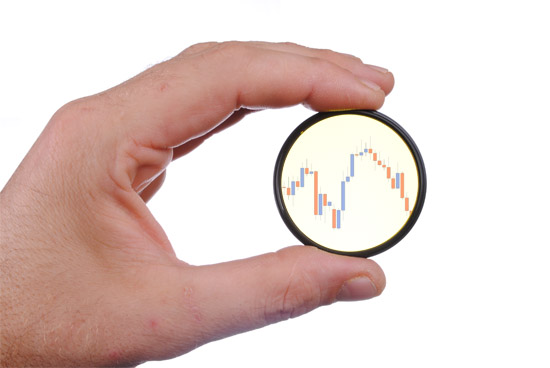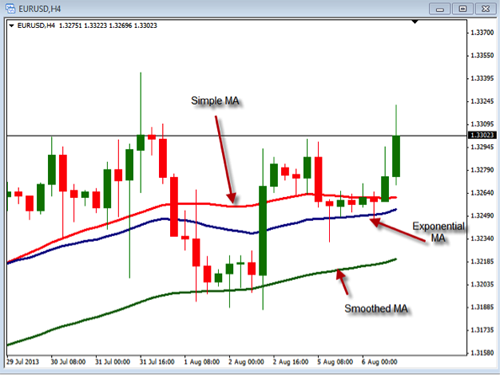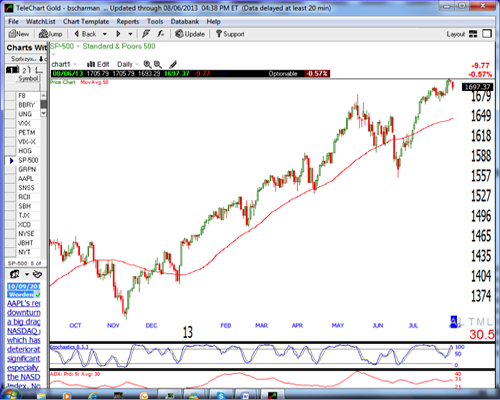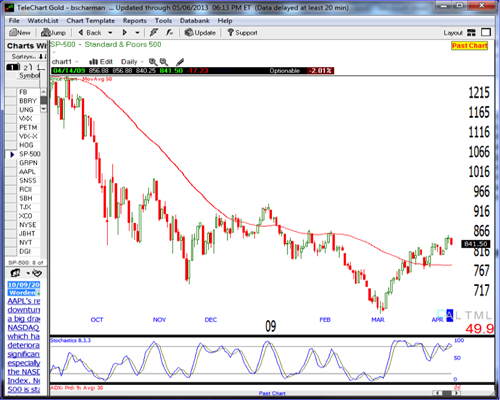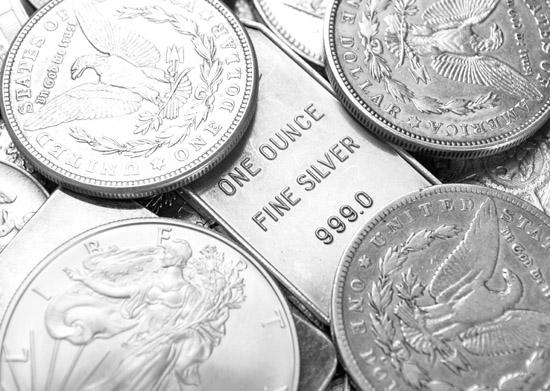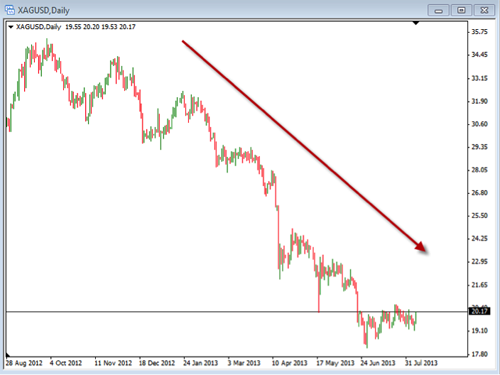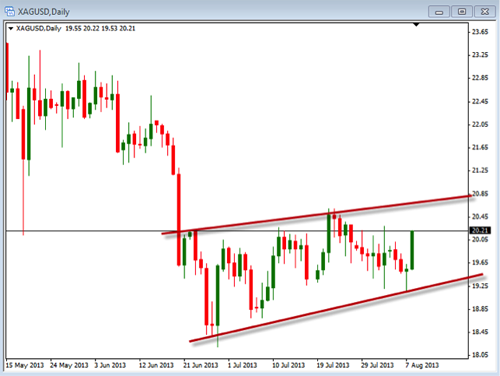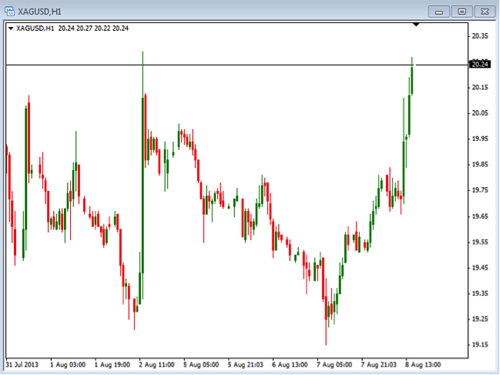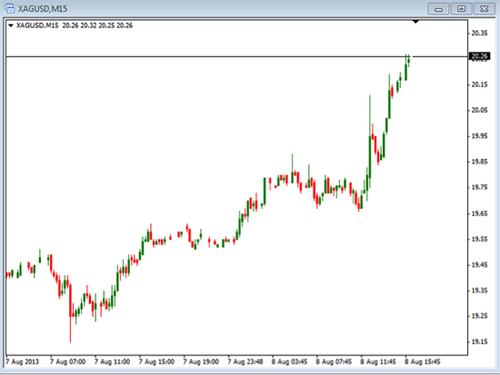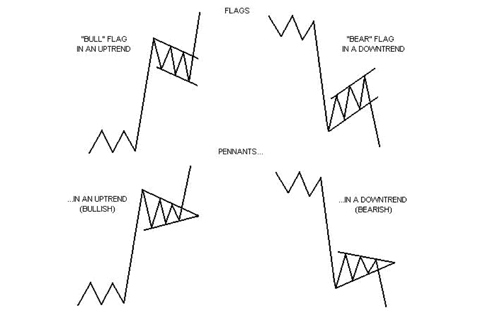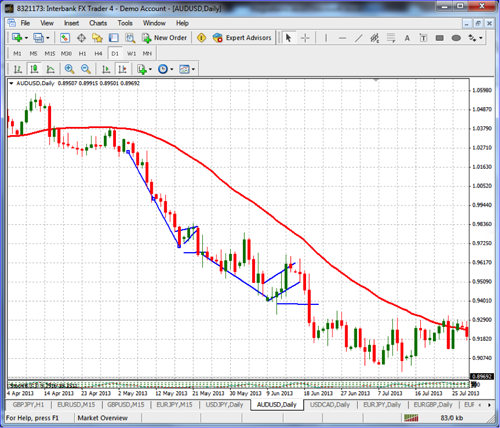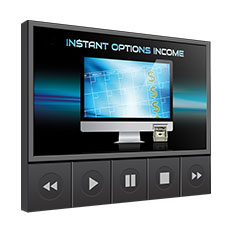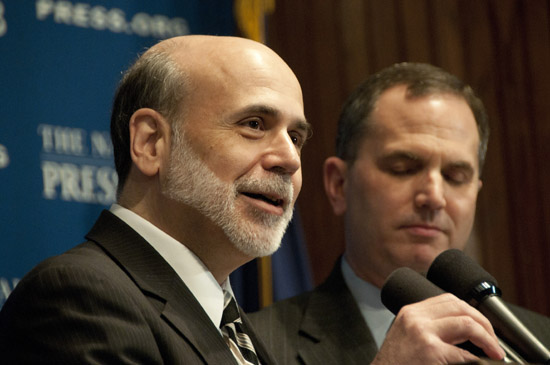One of the most common indicators used in trading is the Moving Average. There are many different types of this indicator and that is what we are going to be discussing today. In general, this indicator is one that can be applied to many different situations. It can help you know if the average price is moving up or down, which defines the trend. It can be used to show areas of support and resistance. It can also be used to look for potential entry and exit points. Knowing how to use this indicator can be a valuable tool in your ability to see what is happening on the charts and where you might want to enter or exit a trade. But before we can know how to apply these things we need to determine which type of indicator we will be using.
Because moving averages are one of the most common indicators, there have been many different versions of them created. Some of the more common moving average types include the Simple moving average, the Exponential moving average, the Weighted moving average, the Smoothed moving average, the Linear moving average and the Hull moving average. Knowing which one you will use can help you simplify your trading. Just like any indicator, you want to keep it simple so you will likely only use one type in your evaluation of your charts. Using all or multiple types of moving averages can just make things more complicated. So with that in mind we will compare three of these moving averages. We will look at the simple, the exponential and the smoothed to see how they differ on the charts. We will not look at the calculations of these, just how they look compared to each other.
In the chart above you will see 3 lines which represent the 3 different moving averages. Each of these are set at the period of 40 based on the closed price. You can see that there are some major differences in how they look. This is due to the calculations for each type. The simple moving average is just taking the closing price of the last 40 candles, adding them together then dividing that by 40. This will create the red line seen in this chart. The others take a variation of that to come up with their lines. The key is not to know which one is best but to know how to use the one you choose the best. It really doesn’t matter if you use one or the other as long as you can use it in helping you determine when to enter and exit your trades based on your rules.
So, regardless of how you use the Moving Average you have several options to choose from. This valuable indicator can be an asset to you in your trading as well as how you evaluate your charts. Take some time to look at the various types of Moving Averages as well as the different time periods you can use to see which ones can help you the most.
